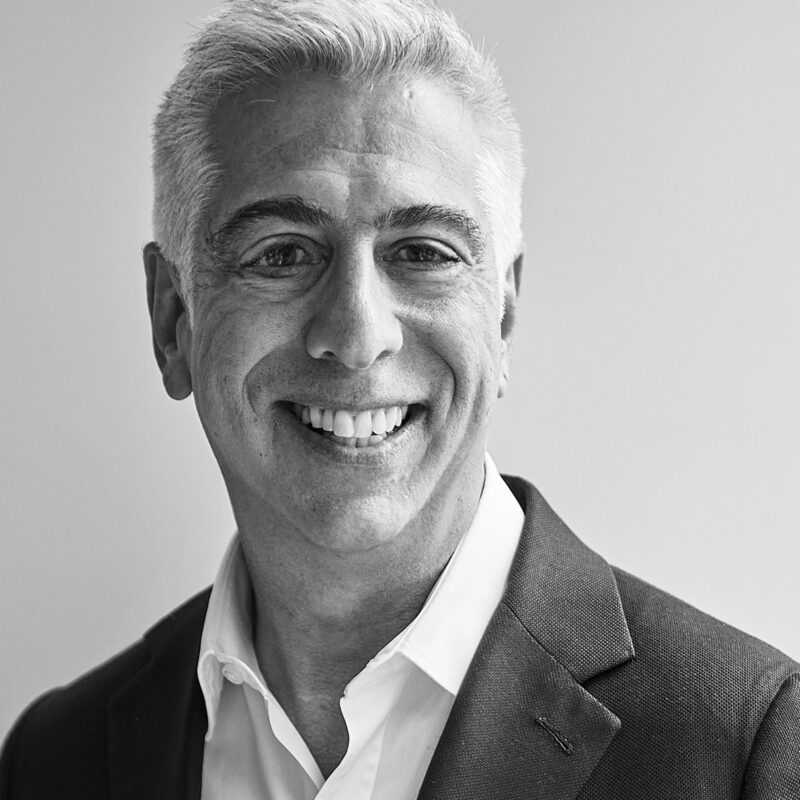Subscribe to Our Newsletter
Welcome to part 3 of our 3-part series on the archetypes of Carl Jung and how B2B brands can apply the 9 most relevant to illuminate their brand identities. We explore what archetypes are, how to identify your brand’s archetype, and how to apply it across the brand experience to connect with the people who matter most.
As we noted in part 2 of this series, a brand team can successfully identify which archetype fits their brand and why. Once they’ve aligned around the role the brand plays in their customers’ lives, that information serves as a guide as they develop their new B2B brand strategy and express it through language, visual identity and the brand experience.
A brand’s archetype should be tangible across all touchpoints, from the tone it takes in messaging to the imagery, fonts and colors it uses. It should also be considered when creating brand experiences, those genuine moments it creates with its audiences both digitally and in-person across the customer journey.
9 unique ways to define a brand (continued)
We covered the Magician, Hero and Outlaw in part 1 and the Sage, Explorer and Innocent in part 2. In this final archetypes installment, we analyze the strong Ruler, benevolent Caregiver and imaginative Creator—and the brands that have created significant value by aligning with them.
The Ruler
Rulers love power, and the strength and authority that come with it. Ruler brands convey this power through exclusivity, expertise and confidence, ensuring they’re seen as leaders in their spaces. This sense of power is often transferred to the Ruler’s customers, giving them their own sense of control and authority.
Clients know exactly what they’re going to get when they hire McKinsey: the certainty that they’ll achieve their most critical business objectives. McKinsey has trained the marketplace to believe that it has the best minds, capable of solving the greatest business challenges.
Another Ruler brand, American Express, has long epitomized status; from the prestige of the “Black Card” to the Centurion lounges to ads that feature A-List celebrities living their best lives (paid for with their American Express cards, of course). The American Express brand emphasizes the credibility and stature that come with the card.
The Caregiver
As the name suggests, Caregivers are empathetic, nurturing and protective. Brand categories that typically exemplify the Caregiver include insurance, healthcare, and baby products.
One healthcare provider we worked with, CarePoint Health, exemplifies this archetype. Built from the merger of three New Jersey hospital systems, this new entity had the comprehensive scope to seamlessly connect its consumers to a wide array of caregivers, creating 360 degrees of coordinated care—all centered around patient needs. So unlike many other medical centers whose brands emphasize cutting-edge technology, CarePoint chose to focus on its ability to deliver local, high-touch care—a brand identity that emerged organically from its neighborhood roots.
The Creator
Fueled by the desire to innovate, Creator brands turn ideas into reality. They’re imaginative and visionary, and encourage their customers to tap into their own ingenuity through the use of the brand’s own products and services.
GE is a Creator brand, emphasizing how it pushes the boundaries of science and technology to add value to the world. This Creator brand’s innovative nature goes beyond its offerings, however; it also influences how and where it engages with stakeholders. GE has tapped its customers and influencers as creators of engaging content across social media channels and debuted a documentary miniseries exclusively built in virtual reality. While times have been tumultuous of late for GE, it will be interesting to see if the strength and equity the brand has developed over time can withstand the significant setbacks it’s faced in the market.
Successful brands have a strong sense of their identities, the archein typos that are authentically theirs. By conducting an archetype exercise to uncover its credible self, a brand can use its archetype as a guardrail to help ensure the content, messaging and touchpoints it delivers are true to who it is.
It’s through this consistency that a brand can build meaningful, lasting bonds with its audiences—connecting the business with the people who matter most to build enduring value.
Want to discuss how Jung’s archetypes can help you build a brand that differentiates you authentically? Contact us.
Originally published July 8, 2021.



